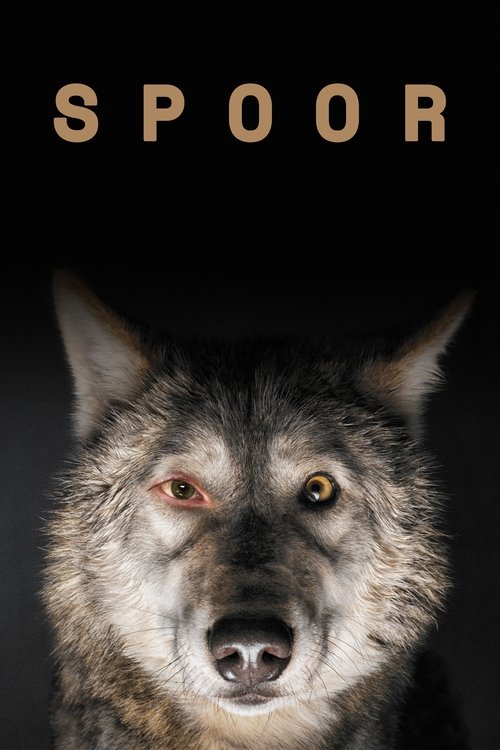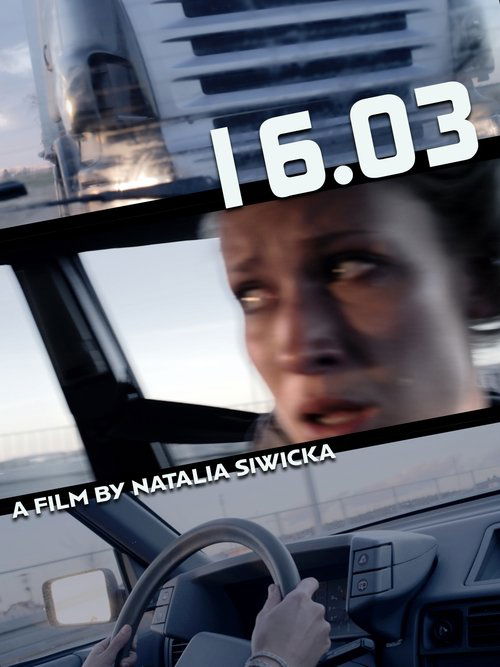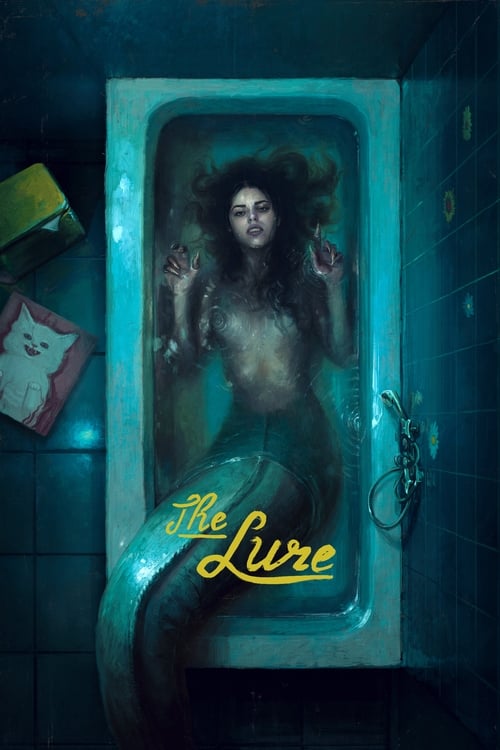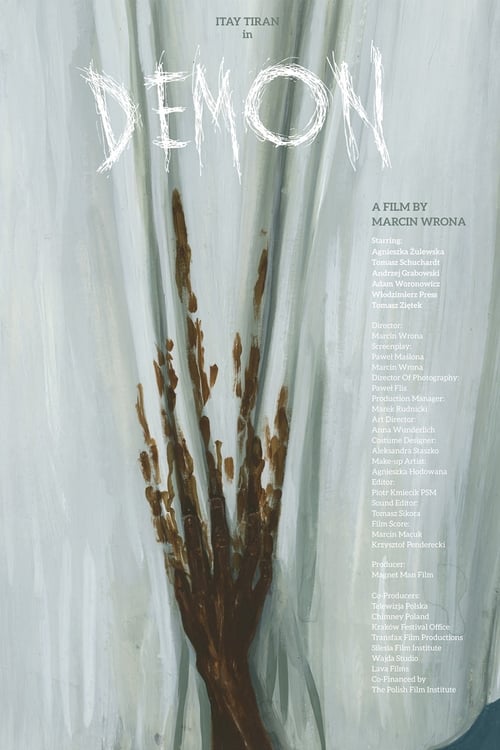
Ask Your Own Question
What is the plot?
What is the ending?
In the ending of "On the Run," the main character, a young woman named Mia, confronts her past and the people who have been chasing her. After a tense standoff, she makes a choice that leads to her freedom but at a significant cost. The film concludes with Mia walking away from the chaos, determined to start anew, while the fates of her pursuers remain uncertain.
As the final act unfolds, the scene opens in a dimly lit warehouse, where Mia finds herself cornered by her pursuers, a group of ruthless criminals led by a man named Victor. The atmosphere is thick with tension, the air heavy with the weight of betrayal and desperation. Mia, visibly shaken but resolute, clutches a small, makeshift weapon--a reminder of her fight for survival. Her heart races as she recalls the events that led her here, the choices she made, and the people she lost along the way.
Victor, with a menacing grin, taunts Mia, reminding her of her past mistakes and the people she has wronged. His voice drips with disdain, and the other criminals stand behind him, their eyes glinting with anticipation. Mia's internal struggle is palpable; she feels the weight of her decisions pressing down on her, but she knows she cannot back down now. The camera captures her determination, her jaw set, and her eyes blazing with defiance.
As the confrontation escalates, Mia's mind races through her memories--her childhood, her family, and the moment she chose to run. The flashbacks serve as a stark contrast to her current predicament, highlighting her growth and the transformation from a scared girl to a fierce survivor. In a moment of clarity, she realizes that she must confront her fears head-on.
The standoff reaches its peak when Mia, fueled by adrenaline, makes a bold move. She lunges forward, using her weapon to create a distraction. The chaos erupts as the criminals scramble, and in the ensuing confusion, Mia seizes the opportunity to escape. The camera follows her as she navigates through the maze of crates and shadows, her heart pounding in her chest, the sound of her breath echoing in her ears.
Outside, the night is dark, and the streets are eerily quiet. Mia runs, her feet pounding against the pavement, the adrenaline coursing through her veins. She glances back, fear etched on her face, but she pushes forward, driven by the hope of freedom. The city lights flicker in the distance, a beacon of possibility.
In the final moments, Mia reaches a secluded area, a place that feels like a sanctuary. She stops to catch her breath, her body trembling from the exertion and the emotional toll of the night. As she leans against a wall, she reflects on her journey, the sacrifices she made, and the people she left behind. The weight of her choices hangs heavy, but she knows she has taken a step towards reclaiming her life.
The film closes with Mia walking away from the chaos, her silhouette fading into the night. The camera lingers on her figure, capturing the essence of her newfound resolve. Meanwhile, the fates of Victor and his crew remain ambiguous, leaving the audience to ponder the consequences of their actions. The screen fades to black, signaling the end of Mia's harrowing journey, but also the beginning of her quest for redemption and a fresh start.
Is there a post-credit scene?
In the movie "On the Run," there is indeed a post-credit scene that adds an intriguing layer to the story. After the credits roll, the screen fades back in to reveal a dimly lit room where a figure is seen pacing anxiously. The camera slowly zooms in, revealing the character of Alex, who has been on the run throughout the film. His face is marked with exhaustion and determination, reflecting the toll of his harrowing journey.
As he paces, he clutches a phone tightly in his hand, glancing at it repeatedly as if waiting for a call. The tension in the room is palpable, underscored by a low, suspenseful score that heightens the sense of urgency. Suddenly, the phone buzzes, and Alex's expression shifts from anxiety to a mix of hope and dread. He answers the call, and the voice on the other end is distorted, making it difficult to discern the identity of the caller.
The conversation is brief but loaded with implications. The caller hints at a new threat that has emerged, one that could jeopardize everything Alex has fought for. As he listens, his expression hardens, revealing a resolve to confront this new challenge head-on. The scene ends with Alex looking out a window, the city lights twinkling in the distance, symbolizing both the dangers that lie ahead and the possibility of redemption.
This post-credit scene effectively sets the stage for potential future developments, leaving viewers with a sense of anticipation and curiosity about Alex's next steps.
What role does the antagonist play in Alex's journey?
The antagonist, a ruthless crime boss named Victor, is a constant threat to Alex. Victor's pursuit of Alex intensifies the stakes, as he seeks to eliminate any loose ends related to the crime Alex witnessed. This relentless pursuit forces Alex to make increasingly desperate choices, showcasing the tension between survival and morality.
What motivates the main character to go on the run?
The main character, Alex, is driven by a desperate need to escape a life of crime that he was inadvertently pulled into. After witnessing a violent crime committed by his associates, he realizes that his life is in danger, prompting him to flee in order to protect himself and his loved ones.
How does Alex's relationship with his sister influence his decisions throughout the film?
Alex's relationship with his sister, Mia, serves as a crucial emotional anchor for him. Throughout the film, his desire to keep her safe and out of harm's way drives many of his decisions, including the risks he takes and the lengths he goes to in order to ensure her safety, highlighting his protective instincts.
How does the setting impact the story's progression?
The film is set against a backdrop of urban decay and desolation, which mirrors Alex's internal turmoil. The gritty streets and abandoned buildings create a sense of danger and urgency, influencing Alex's movements and decisions as he navigates through a world that feels increasingly hostile and unforgiving.
What pivotal moment leads to Alex's turning point in the film?
A pivotal moment occurs when Alex is cornered by Victor's men in a tense standoff. Faced with the imminent threat to his life and the realization that he cannot continue living in fear, Alex makes a bold decision to confront his past and fight back, marking a significant turning point in his character arc.
Is this family friendly?
"On the Run," produced in 2018, is a thriller that contains several elements that may not be suitable for children or sensitive viewers. Here are some potentially objectionable or upsetting aspects:
-
Violence: The film includes scenes of physical confrontations and threats, which may be intense and unsettling for younger audiences.
-
Tension and Suspense: The overall atmosphere is filled with suspense, which can create anxiety and fear, particularly in younger viewers.
-
Themes of Betrayal: The narrative explores themes of trust and betrayal, which may be emotionally challenging for some viewers.
-
Emotional Distress: Characters experience significant emotional turmoil, including fear, desperation, and loss, which could be distressing.
-
Mature Language: There are instances of strong language that may not be appropriate for children.
These elements contribute to a tone that is more suited for mature audiences, making it less family-friendly.


































